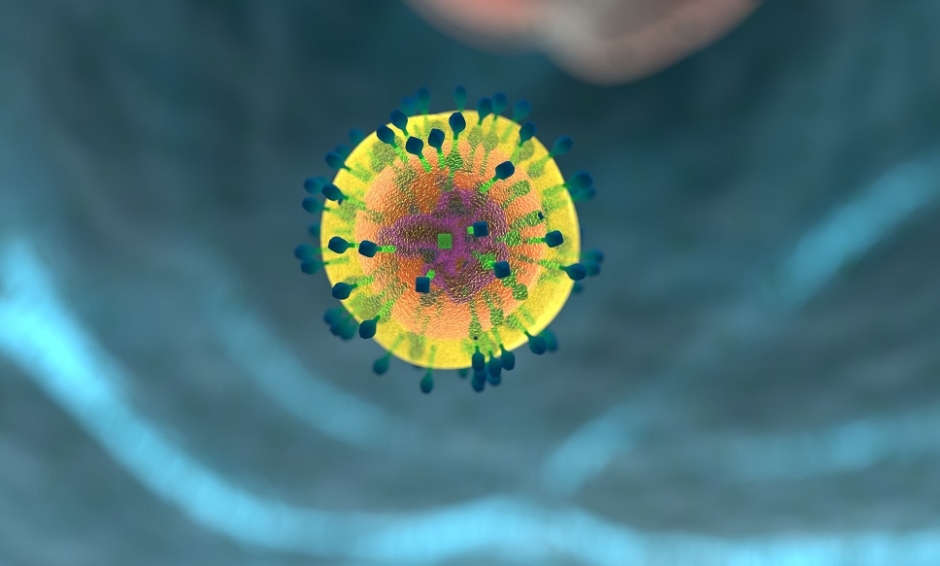A TEST for HIV has been created that the developers have stated will have greater efficacy, accuracy, and cost-effectiveness, possibly helping researchers to find a cure for the infection. The senior author of the relevant study, Prof Phalguni Gupta, Professor and Vice Chairman, Infectious Diseases and Microbiology, Pitt Public Health, University of Pittsburgh, Pittsburgh, Pennsylvania, USA, spoke about the need for such a test, commenting: “Globally, there are substantial efforts to cure people of HIV by finding ways to eradicate this latent reservoir of virus that stubbornly persists in patients, despite our best therapies. But those efforts are not going to progress if we do not have tests that are sensitive and practical enough to tell doctors if someone is truly cured.”
A huge barrier to finding a cure for HIV is the fact that the HIV virus is able to remain dormant in CD4 T cells. Although current HIV antiretroviral therapy suppresses the infection, it is difficult to determine the amount of the virus that is left and if it is able to replicate. The HIV detection test most commonly available today is the quantitative viral outgrowth assay (Q-VOA).
The new study compared Q-VOA to the newly developed TZA test, which detects a gene that is only active in the presence of replication-competent HIV. The TZA test was found to be superior in terms of the time taken to produce results (7 days versus 14 days), price (the TZA test was one-third of the price), and the significantly reduced amount of blood and cells required for the test. It is thought that the requirement for fewer cells is likely to make the TZA test more appropriate for the detection of HIV in children. A key finding was that when the TZA test was used on people who appeared to be almost completely cured of HIV; 70% more latent virus was discovered than had been detected by previous tests.
Prof Gupta discussed the results of the study, noting: “Using this test, we demonstrated that asymptomatic patients on antiretroviral therapy carry a much larger HIV reservoir than previous estimates: as much as 70-times what the Q-VOA test was detecting. Because these tests have different ways to measure HIV that is capable of replicating, it is likely beneficial to have both available as scientists strive toward a cure.”
(Image: freeimages.com)









